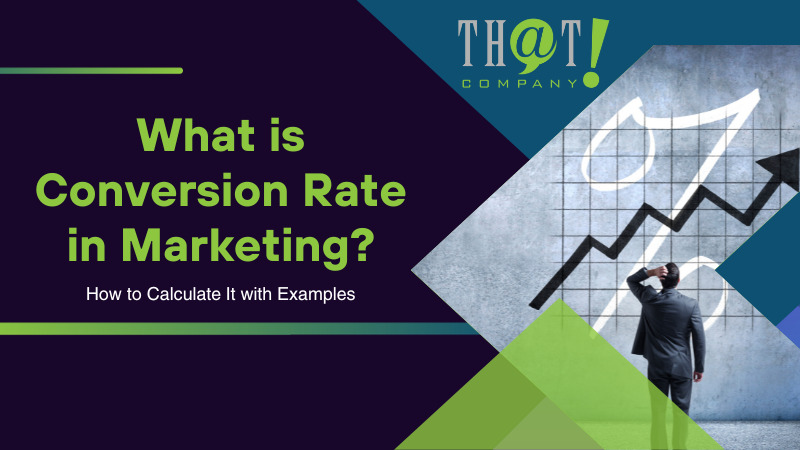
In today’s digital world, businesses need every advantage they can get to stay competitive. One critical metric that can make or break your marketing success is the conversion rate. But what is conversion rate in marketing, and how can you calculate and optimize it to maximize your marketing efforts? In this blog post, we will dive deep into understanding conversion rates, calculating them using a simple formula, and exploring the best practices for optimizing them to achieve maximum results.
Key Takeaways
Understand conversion rate in marketing to measure performance and refine strategies.
Calculate the percentage of website visitors who complete a desired action by dividing conversions by total visitors and multiplying by 100.
Track & analyze conversion rates with tools such as Google Analytics, heatmaps, A/B testing & more for effective optimization efforts.
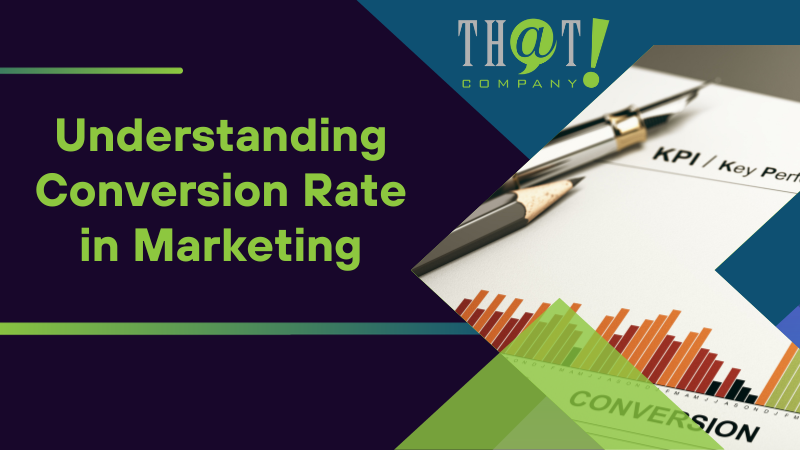
Understanding Conversion Rate in Marketing
Conversion rates are the lifeblood of any marketing campaign. They are a way to measure the performance of website traffic, marketing campaigns, and website conversions, expressed as a percentage. It’s the proportion of website visitors who execute a desired action, such as:
making a purchase
subscribing to a newsletter
filling out a form
downloading a resource
Evaluating your marketing strategies and campaigns requires a clear understanding of your site’s conversion rate performance, which also serves as a benchmark to compare with average industry conversion rates.
To gauge the effectiveness of your marketing strategies and comprehend your site’s conversion rate performance, calculating the conversion rate is vital. A low conversion rate suggests that it may be beneficial to adjust your content and that businesses should consider refining their segmentation efforts. By tracking marketing campaign conversions, businesses can refine their marketing strategies and enhance the efficacy of their content marketing, leading to more conversions.
Defining Conversion Rate
The site’s conversion rate is the percentage of website visitors who complete a desired action, such as making a purchase, filling out a form or subscribing to a newsletter. To calculate it, divide the number of conversions by the total number of visitors and multiply by 100. Conversions refer to the moment when a user takes the desired action in response to a call to action, such as making a purchase or signing up to a newsletter.
Given that the meaning of conversion can vary depending on the brand or organization type, defining a conversion for your business is imperative. As generating conversions draws potential customers closer, optimizing marketing efforts and public-facing content to maximize conversions becomes paramount.
Types of Conversions
Conversion rates can vary depending on the type of conversion being measured. Some common types of conversion events include:
Sales
Leads
Downloads
Social media interactions
In a service-based business, a conversion may refer to actions such as signing up for a consultation or requesting a quote, while in a product-based business, a conversion is when a customer makes a purchase and completes a transaction.
A conversion in social media marketing is defined as the desired action that a user takes after engaging with a social media campaign or content, such as:
making a purchase
filling out a form
signing up for a newsletter
downloading a resource
The conversion rate is the percentage of the total audience that completes the desired action, allowing businesses to gauge the success of their marketing efforts and achieve their conversion goals through effective conversion rate measures.
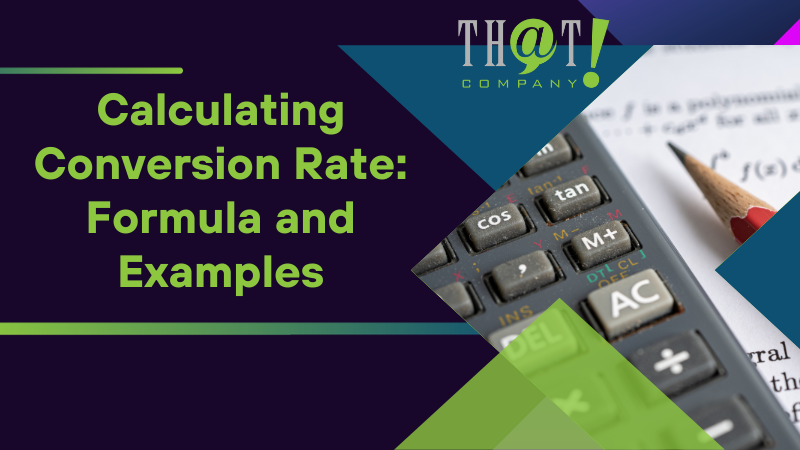
Calculating Conversion Rate: Formula and Examples
The process of calculating conversion rates, though straightforward, can yield valuable insights into your marketing efforts’ effectiveness. By dividing the number of conversions by the total number of visitors and multiplying by 100, you can determine the conversion rate for your website, landing pages, or marketing campaigns.
Irrespective of running an online retail store or a service-based business, comprehending and calculating conversion rates enables monitoring of marketing success and making data-driven decisions for strategy optimization.
Let’s explore how to calculate conversion rates for different types of businesses.
Conversion Rate Formula
The conversion rate formula is simple: Conversions divided by Total visitors multiplied by 100. The ‘conversions’ factor represents the number of desired actions or outcomes that have been achieved, such as purchases, sign-ups, or downloads. The ‘total visitors’ factor represents the overall number of individuals who have visited the site during a specific period, and the conversion rate is calculated by dividing the number of conversions by the total number of visitors.
Using this formula, businesses can gain insight into the effectiveness of their marketing efforts by determining the proportion of visitors who take the desired action in response to a call to action. A higher conversion rate implies that a larger proportion of visitors are converting into customers, which is a desirable outcome.
Example 1: Online Retail Store
Let’s consider an online retail store as an example. To calculate the conversion rate for this business, first divide the number of purchases by the total number of website visitors. Then multiply the result by 100. For instance, if there were 500 purchases and 10,000 website visitors, the conversion rate would be: (500 / 10,000) * 100 = 5%.
This calculation helps businesses to assess their marketing performance and identify areas for improvement. By comparing their conversion rates to industry benchmarks, they can gain insights into their competitive position and make data-driven decisions to optimize their marketing strategies.
Example 2: Service-based Business
Now, let’s consider a service-based business, such as a consulting firm. In this case, a conversion might refer to actions like signing up for a consultation or requesting a quote. In order to calculate the conversion rate, divide the number of desired actions by the total number of visitors or leads. For instance, if a service-based business had 100 consultations requested and 1,000 website visitors, the conversion rate would be: (100 / 1,000) * 100 = 10%.
By tracking and analyzing conversion rates in a service-based business, you can uncover areas for improvement and optimize your marketing efforts to drive more leads and conversions.
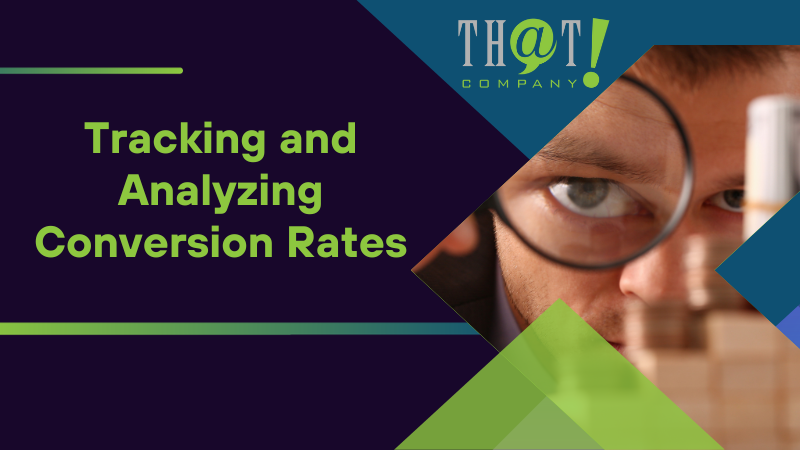
Tracking and Analyzing Conversion Rates
For any business aiming to enhance its marketing performance, tracking and analyzing conversion rates is a necessity. Monitoring conversion rates can help in identifying trends, assessing the effectiveness of marketing campaigns, and highlighting improvement areas. Numerous tools are available for tracking and analyzing conversion rates, including:
Google Analytics
Hotjar
Crazy Egg
Optimizely
Instapage
Ruler Analytics
Leveraging these tools, businesses can:
Gain valuable insights into user behavior
Identify issues affecting conversion rates
Make data-driven decisions to optimize their marketing strategies
Boost conversions
Using Google Analytics
Renowned for its robustness, Google Analytics is a widely-used tool for tracking conversion rates. By setting up custom goals and tracking user interactions, you can use Google Analytics to monitor the success of your marketing campaigns and identify areas for improvement. To set up conversion tracking on Google Analytics, create or identify an event that measures the relevant user interaction to be tracked, mark the event as a conversion in Google Analytics, customize the standard reports to include the conversion rate, and view the conversion reports to analyze and monitor the conversions.
In addition to monitoring conversion rates, Google Analytics can provide valuable insights into user behavior, traffic sources, and other key metrics. By leveraging this data, businesses can make informed decisions to optimize their marketing efforts and boost conversion rates.
Other Tracking Tools and Techniques
Besides Google Analytics, a multitude of other tracking tools and techniques are available, aiding businesses in monitoring and analyzing their conversion rates. Some examples include:
Heatmaps: provide a visual representation of user behavior on a website or landing page, allowing marketers to identify areas of high and low engagement and optimize their content accordingly.
Session recordings: offer valuable insights into user behavior and preferences.
Customer surveys: provide feedback and help businesses tailor their marketing strategies to improve conversion rates.
These tools and techniques can help businesses gain a deeper understanding of their audience and make data-driven decisions to improve their conversion rates.
By employing a combination of tracking tools and techniques, businesses can gain a comprehensive understanding of their audience and make data-driven decisions to optimize their marketing efforts, ultimately leading to higher conversion rates and increased revenue.
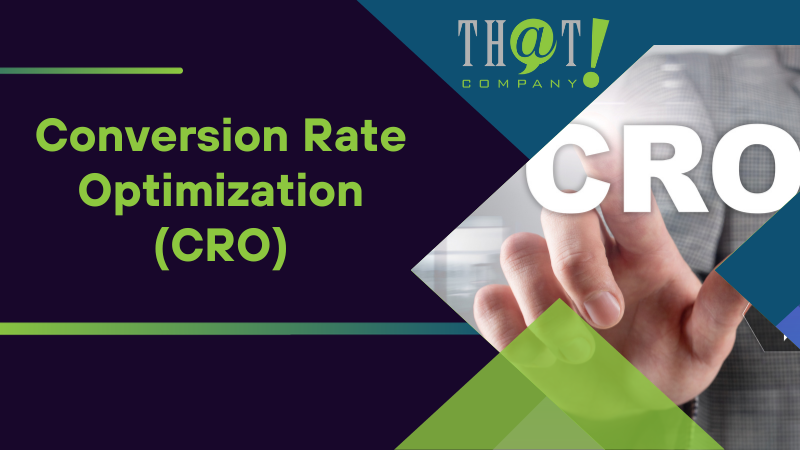
Conversion Rate Optimization (CRO)
Conversion Rate Optimization (CRO) is the process of enhancing the elements that impact the traffic that has already reached the website. This includes:
UX/UI assessment
Analysis of messaging
Calls to action
Methods that visitors traverse and interact with the website
By focusing on CRO, businesses can maximize the value of their existing traffic and boost conversion rates without having to invest in attracting new visitors.
Effective CRO strategies include:
Optimizing website design and user experience
Conducting A/B testing to evaluate different versions of the website
Focusing on essential elements that impact conversion rates, such as website design, user experience, and pricing
By implementing these strategies, businesses can enhance their conversion rates and achieve maximum ROI.
A/B Testing for CRO
A/B testing, a vital method for CRO, allows marketers to experiment with various webpage or app versions to ascertain which one leads to a higher conversion rate. By comparing two versions of a page and monitoring the performance of each, businesses can identify the elements and strategies that are most successful in driving conversions, thereby optimizing overall performance and increasing conversion rates.
Various elements on a website can be tested in A/B testing, including headings, subheadings, social media links, and call-to-action buttons, as well as variables within these categories, such as font size, font color, button placement, and background color. By leveraging A/B testing for CRO, businesses can make data-driven decisions to optimize their marketing strategies and boost conversion rates.
Key Factors Influencing Conversion Rates
Several key factors can influence conversion rates, including:
Website design
Navigation
Loading times
Overall usability
A favorable user experience can lead to higher conversion rates, while an unfavorable user experience can result in lower conversion rates. Trust-building elements, such as design quality, usability, consistency, authority, and transparency, can also play a significant role in driving conversions.
By focusing on these key factors and implementing best practices for CRO, businesses can optimize their marketing efforts, improve user experience, and ultimately, boost conversion rates. Continuous monitoring and analysis of conversion rates is imperative for identifying improvement areas and adjusting marketing strategies accordingly.

Industry Benchmarks and Best Practices
Grasping industry benchmarks and best practices pertaining to conversion rates can assist businesses in setting achievable goals and enhancing performance. By comparing their conversion rates to industry averages, businesses can gain insights into their competitive position and identify areas for growth and optimization.
Utilizing industry benchmarks and best practices, businesses can fine-tune their digital marketing strategies, employ data-driven tactics, and maximize conversion rates to achieve optimal success. It is crucial to stay up-to-date with the latest trends and developments in the industry to ensure that marketing efforts remain effective and relevant in an ever-evolving digital landscape.
Industry-specific Conversion Rates
Industry-specific conversion rates offer a comparative perspective on marketing success, allowing businesses to gauge their performance against competitors and industry standards. Conversion rates can vary across industries based on factors such as:
User experience
Industry and business category
Traffic sources and targeting
Marketing channels and sales processes
Product value
For example, the typical conversion rate for the retail industry lies between 20% and 40%, while the online conversion rates for the fashion industry range from 0.4% to 2.9%, with average conversion rates of approximately 2.7%. By understanding industry-specific conversion rates, businesses can set realistic goals and devise targeted marketing strategies to improve their performance.
Benefits of Using a White Label Service Provider to Handle CRO
Using a White Label service provider like That! Company will give you immediate access to experts to assist your agencies clients. This means that you can instantly tap into a team of seasoned professionals who are experienced in delivering high-quality services. These experts can handle everything from strategy development to execution, allowing your agency to focus on its core competencies and fostering client relationships.
Moreover, a White Label Partnership can help your agency scale quickly and efficiently. You can offer more services to your clients without having to invest in additional resources or training. This can lead to increased revenue, client satisfaction, and agency growth.
In addition, using a White Label service can enhance your agency’s credibility. By delivering top-notch services under your brand name, you can build a strong reputation in the market and gain the trust of your clients. This can lead to more referrals, repeat business, and a competitive edge in the marketplace.
Best Practices to Boost Conversions
Several best practices can be implemented by businesses to enhance conversions, including landing pages optimization, use of persuasive calls to action, and leveraging customer testimonials. Landing page optimization can include minimizing superfluous copy, incorporating videos, enhancing clarity, and optimizing lead capture forms, all of which can help to heighten conversion rates on landing pages.
Designing persuasive calls to action involves fostering curiosity and anticipation, using concise and action-oriented language, customizing for different devices, designing eye-catching buttons, and placing CTAs strategically. Customer testimonials can be employed to foster trust, exhibit credibility, address objections, add authenticity, and augment persuasive messaging, ultimately leading to higher conversion rates.
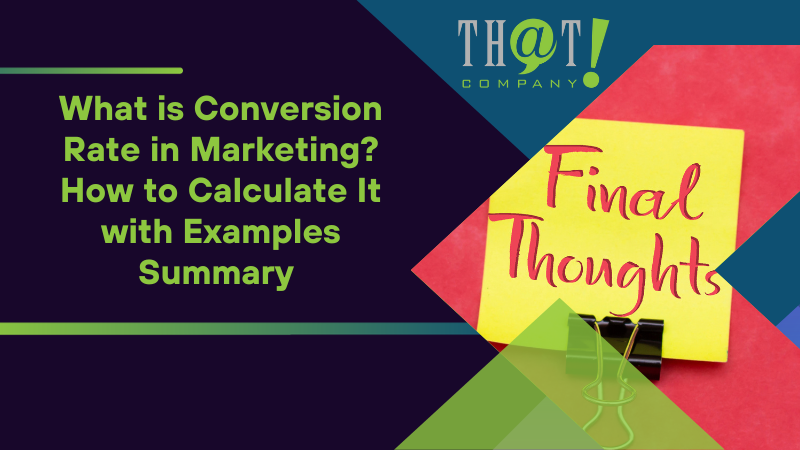
Summary
In conclusion, understanding, calculating, and optimizing conversion rates are crucial aspects of any successful marketing strategy. By leveraging industry benchmarks, best practices, and powerful tools such as Google Analytics, businesses can make data-driven decisions to optimize their marketing efforts and boost conversion rates. By continually monitoring and analyzing conversion rates, businesses can identify areas for improvement, refine their marketing strategies, and ultimately, achieve maximum success in an ever-evolving digital landscape.
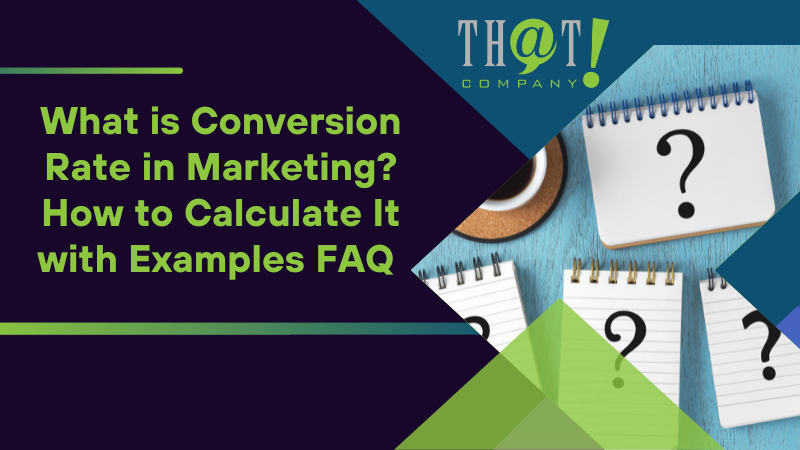
Frequently Asked Questions
What is an example of a conversion rate in marketing?
The conversion rate in marketing can be calculated by dividing the number of conversions by the total number of visitors. For example, if an ecommerce site has 200 visitors and 50 sales, the conversion rate would be 25%.
What is a good conversion rate in sales?
Research suggests that a good sales conversion rate is around 10%, with an average of 2.5% across industries. How you calculate your rate is also important.
Is a 7% conversion rate good?
7% conversion rate is below the ideal target of 10% or higher, needed to break into the top 10% and gain competitive edge in the marketplace. The average conversion rate is between two and five percent for all advertisers.
How can I use Google Analytics to track conversion rates?
You can use Google Analytics to track conversion rates by setting up custom goals and monitoring user interactions with your website or app.
What are some effective strategies for Conversion Rate Optimization (CRO)?
To maximize conversion rates, effective strategies include optimizing website design and user experience, conducting A/B testing, and focusing on key elements such as design, UX, and pricing.

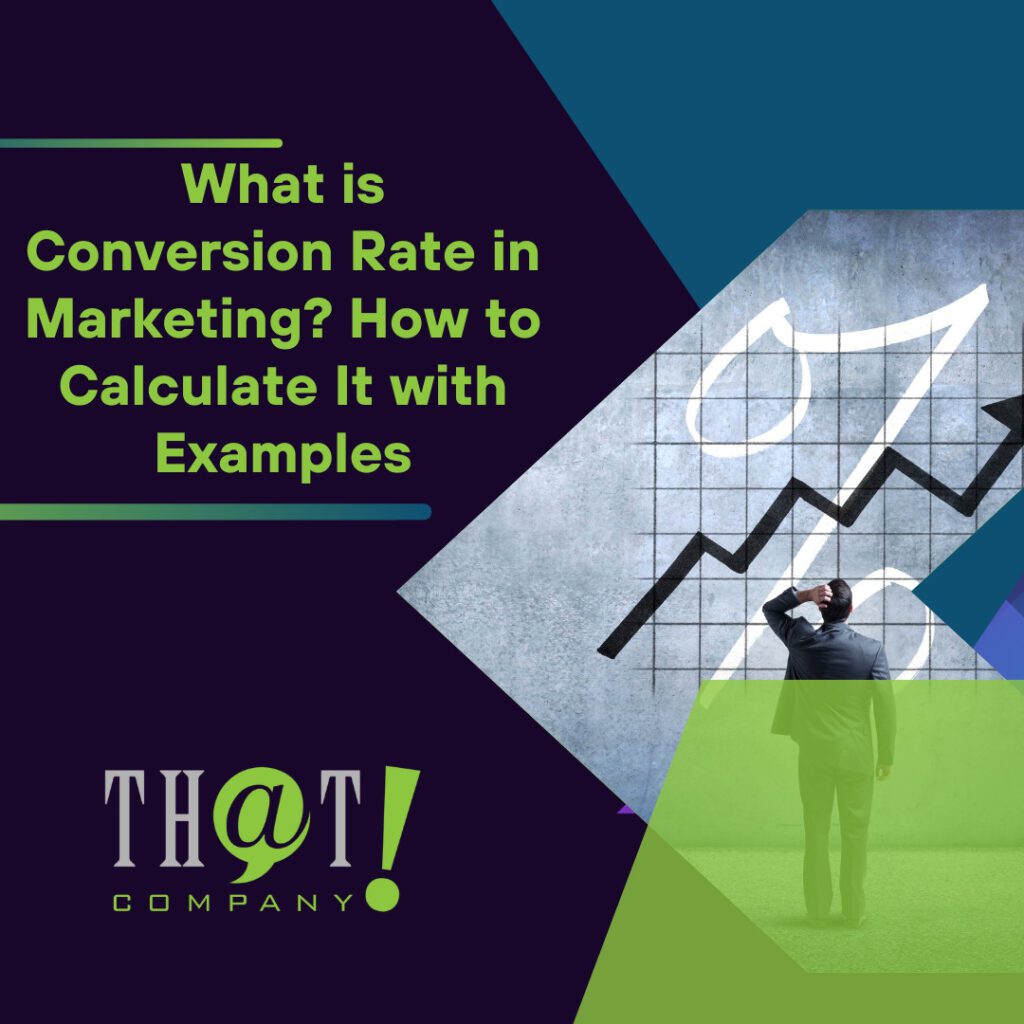

























 Talk With Us
Talk With Us  Give Some Love
Give Some Love 


